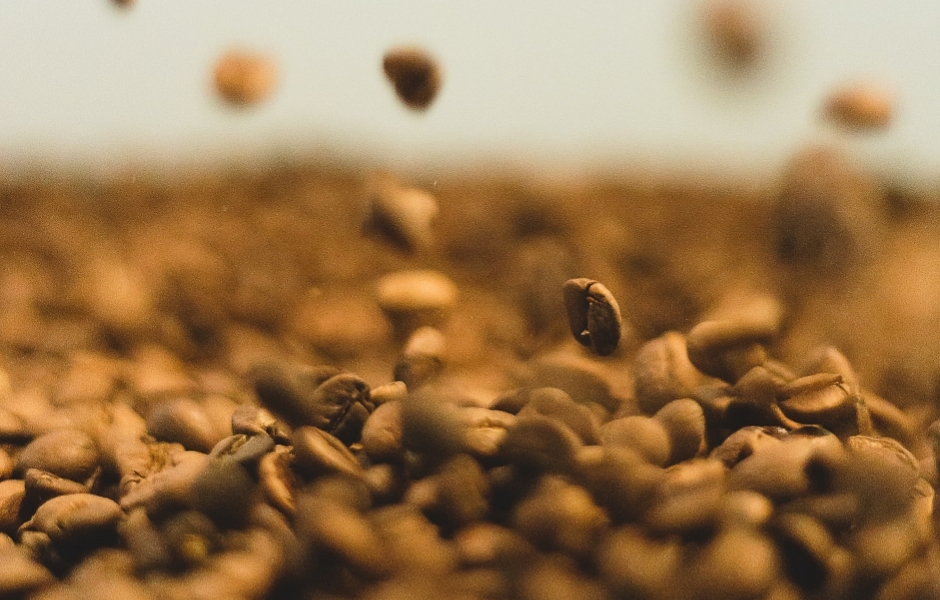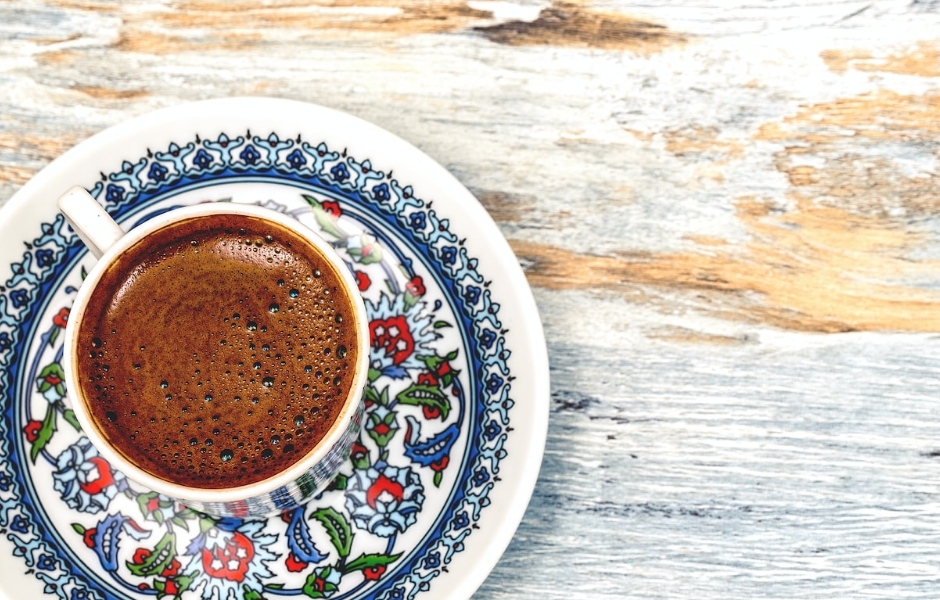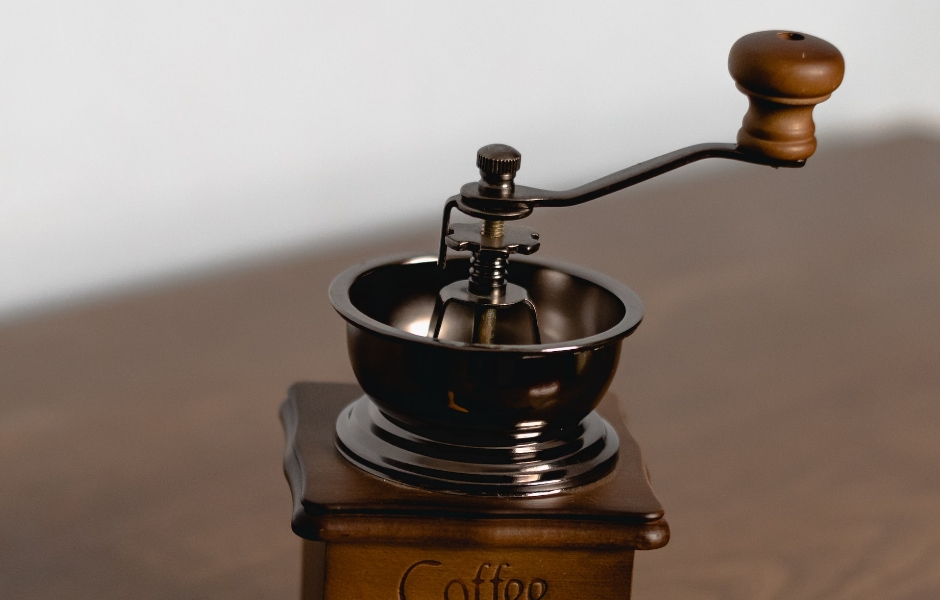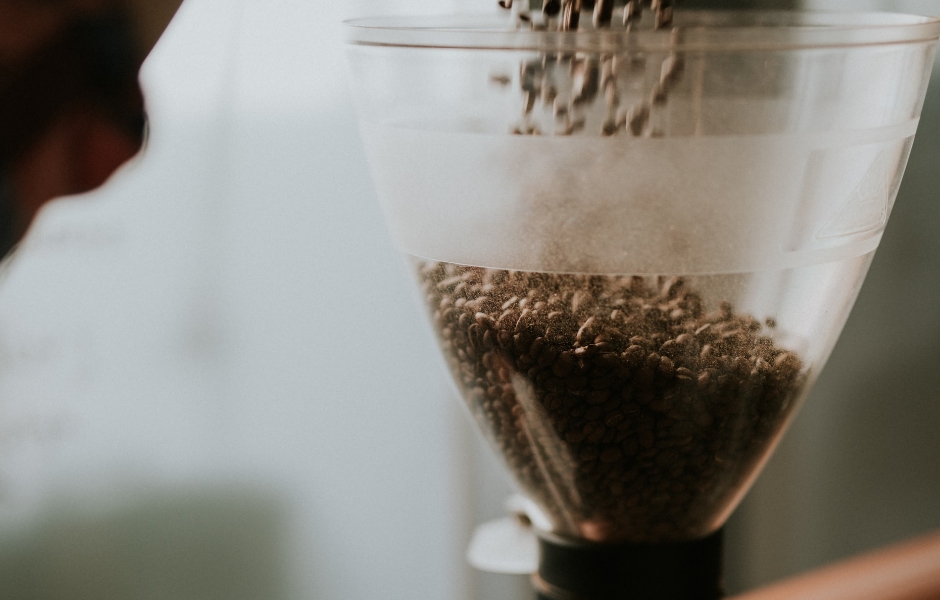If you’re a coffee enthusiast, chances are you have a high-quality coffee grinder within your home. Grinding your own coffee beans is the best way to bring out the rich, flavourful aromas within your coffee. It is not only enjoyable, but contrary to popular belief, it’s actually fairly simple as well.
Whether you’re a coffee connoisseur looking to master your use of the grinder or a beginner, starting out in the world of fresh, home coffee – our blog post has all you need.
How to Grind Coffee With a Grinder
The perfect coffee extraction is influenced by a number of factors, none more important that the consistency and coarseness of your coffee grind. Course, medium and find grinds are used for various brewing methods to best extract the flavours from coffee. Course grounds take longer to brew, whilst fine grounds are easily over-extracted.
Understanding Coffee Grind Size
- Coarse – chunky, small, pebbled size pieces
- Medium – Similar to large cooking salt
- Fine – smooth and similar to the size of sugar
- Super fine – close to flour but a little more grit
- Turkish grind – very powdery, like flour
Refer to this chart to help understand the best grind for you

What Brewing Method is Best For Each grind?
The way you grind your coffee greatly affects the taste. Each size of grind is suited to a particular brewing method, to ensure optimum extraction and improve the flavour of your coffee.
Coarse Grind
A course grind is generally used with a French Press. As the coffee is brewing for longer, a consistent course ground is required to ensure an even extraction is achieved. The larger footprint of the grounds also lends themselves to the French press, as smaller grinds would be able to make their way through the filtered press.
Medium Grind
Medium grinds are best suited to drip brewing methods, such as the manual pour over. If a cone-shaped filter is being used, a medium-fine grind would be best suited. As pour overs use less water, the coffee has to be extracted quickly. The finer grind allows for this to happen.
Fine Grind
Fine ground coffee is best suited for use in Espresso machines and stove top expresso makers. Due to the reduced time in contact with water (for both methods), a fine grind is required to ensure the coffee is extracted to its full potential.
Super Fine Grind
For a super fine grind, the only option due to the powder-like texture is to use an Espresso Machine.
Turkish Grind
Created in the traditional Turkish style. Turkish grind is combined with water immediately and brought to a frothy foaming stage, just below boiling.

Should I Blade or Should I Burr?
Blade Grinder - Pros and Cons
A Blade Grinder will get the job done for people who use Drip Makers, Toddy Makers or French Press. Blade Grinders are functional for all but the fine and super-fine grinds such as Espresso or Turkish.
Due to the way in which the blade grinder works (much like a blender), they lack consistency which can result in uneven extractions and unpredictable flavour profiles. They’re also noisy, which might not be viable for everybody’s living circumstances.
How to Grind Coffee With a Blade Grinder
Steps:
- Begin by measuring out your coffee beans. If you drink a lot of coffee in the morning, fill it up slightly more. A rule of thumb measurement might be two teaspoons of coffee beans.
- Once you’ve filled the grinder, grind the coffee beans in short bursts to avoid overheating the equipment and your beans.
- Shake the grinder between bursts so that the beans get well mixed and ground. This will make the grind more consistent.
- For a coarse grind, 8-10 seconds is all that’s needed. For a medium grind try short bursts that add to 10-15 seconds and for a finer grind 15-20 seconds.
- Make your coffee as normal

Burr Grinders - Pros and Cons
The Burr Grinder is known to be precise and versatile. Burr Grinders offer accuracy, grinding your coffee to a pre-set coarseness on command. Burr Grinders are an all-purpose grinder, capable of grinding coffee for French press, moka pot, pour over, espresso and more.
How to Grind Coffee With a Burr Grinder
Steps:
- Pour coffee beans into the open spout and cover with the lid
- Twist the knob to grind the coffee – making sure you’ve adjusted it to the correct grind setting.
- Make your coffee as usual

Which Grinder is Best?
Whilst a Blade Grinder is a perfectly fine choice for beginner homebrewers, it won’t provide the same consistency as the Burr Grinder.
Blade Grinders uses thin blades to chop up your coffee beans. Whilst this will make you a great cup of coffee, you’ll have a difficult time recreating the same grind every time. With this uneven extraction, you’re more likely produce a bland or sour tasting coffee.
Burr grinders offer a step up in precision. Burrs, either conical or flat, ground the coffee beans into more even, uniform grinds. You can use a manual grinder that has a hand crank (offering a great bit of exercise), or you can choose to invest in an electric burr grinder, which has grind settings ranging from course to fine. For most, an electrical grinder is best, offering convenience and consistency in a single package. Though, it has to be said, this package comes at a steeper price.



